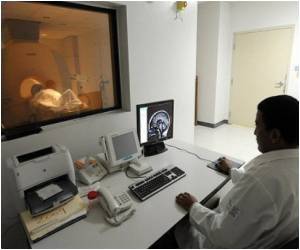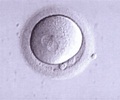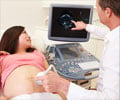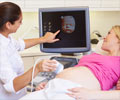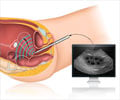Scientists at Nanjing University have developed a one-way mirror for sound which can help improve ultrasound applications.
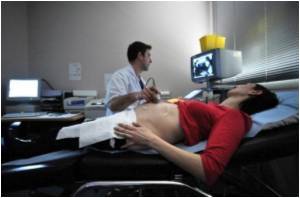
Jian-chun Cheng and his colleagues created the device, which consists of two parts: a layer of ultrasound gel and a lattice comprising alternating layers of water and glass.
For sound to pass through the diode, sound waves must hit the gel layer first. The gel is a 'non-linear medium' that converts some of the energy of the acoustic wave into a wave of double the frequency.
The lattice then screens out all frequencies except this second, higher-frequency harmonic of the original wave, allowing some of the sound through - albeit at a higher pitch.
However, if the original acoustic wave attempts to pass the other way back through the device, it will first encounter the lattice. Because this wave has not passed through the gel layer - and thus has only the original frequency - it will be totally screened out by the lattice.
Such a device could be useful for medical ultrasound applications, for example, which can require extremely focused sound waves of specific frequencies, the authors wrote.
Advertisement
The next major step will be to integrate devices and to go "from the diode to an integrated circuit.
Advertisement
Source-ANI



